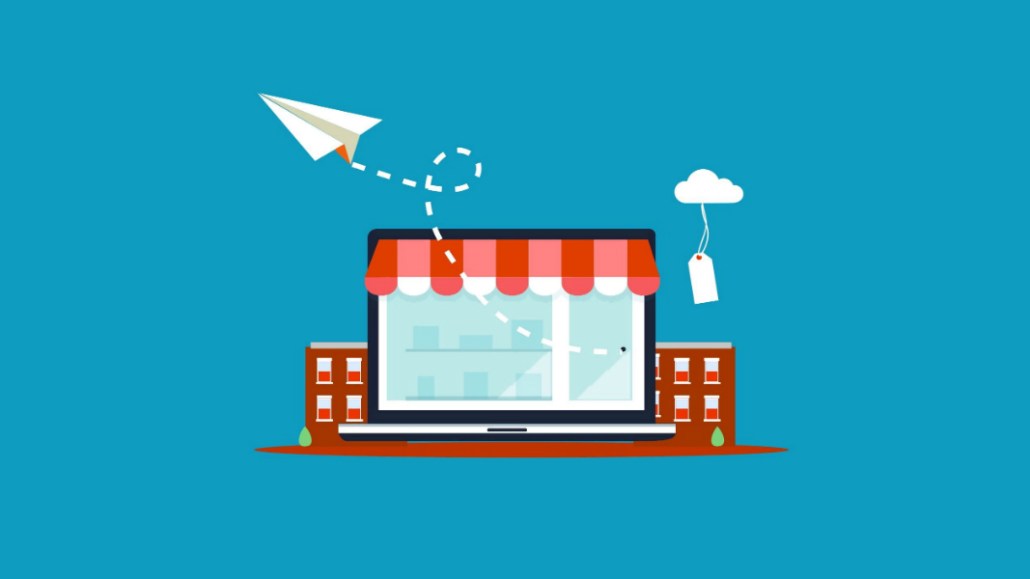How one DTC brand is building an e-commerce tech stack to power global growth

Paul Gray, product marketing lead, Shopify Ecosystem
In an increasingly competitive e-commerce space, DTC companies must differentiate their brands — from what they stand for to the way their products are made and how they engage with their customers. Brands are searching for new channels for growth, and they’re striving to craft effective messaging and adapt to changes that affect their ability to target potential customers.
The revenue at stake is vast for brands that are successful. According to Statista, e-commerce sales are expected to grow from $4.8 billion in 2021 to $6.38 billion in 2024.
To claim part of that share, brands are increasingly building unique tech stacks that help them gain a competitive advantage in all areas of commerce from acquisition to retention of customers, streamlining operations and turning customer service into a delightful experience.
Utilizing app integrations to improve conversions
LA-based Thousand, founded by avid cyclist Gloria Hwang, was born out of a desire to create helmets for people who didn’t like the currently available options. After a successful Kickstarter campaign in 2015, the brand grew organically to serve a loyal customer base around the world.
The pandemic led to a surge in demand, which created “good problems” for the company, such as figuring out how to scale operations, manage supply chains, meet demand and keep customers happy.
Ad position: web_incontent_pos1
The first focus was on conversion: High-intent traffic was coming to their online store, but not always converting. The brand looked at how it could improve on-site conversion and how the customer could be re-engaged later if a sale could not be made at that time.
Steve Spillman, growth product manager at Thousand, analyzed the funnel, identifying moments where small improvements could drive big results. He identified three core areas and browsed for, reviewed and then installed apps to strengthen the marketing funnel aspect of the tech stack. “The range of Shopify apps, and the simplicity of the plug-and-play approach made it really easy for Thousand to scale, expanding into new markets and solving problems as they came up,” he said.
Customers liked the unique product design, but photos and animated visuals weren’t always enough to convert every visitor, given the wide variety of shapes of people’s heads. So, Thousand implemented Stamped Reviews, which made it easy for customers to quickly and easily leave a review, and encouraged them to upload photos and videos of their purchase.
With this, the brand had more than 2,500 five-star reviews that automatically fed into Google Shopping and search results, meaning that potential customers could feel assured of product quality from the first search. Building on this community, the brand also implemented Conjured Referrals, an app for its most loyal customers to share discounts with friends. Word-of-mouth marketing helps the brand make the most of each sale, and has a compounding effect that amplifies growth.
However, as supply issues ran rampant, items were occasionally unavailable, so the company implemented Appikon’s Back-in-Stock alert app, allowing the brand to retain high intent customers by notifying them via email when the product was available again. This action alone helped the brand save over $70,000 of potential lost revenue in 2021.
Ad position: web_incontent_pos2
Fine-tuning logistics and customer interactions
Spillman also wanted to find ways to reduce order issues and errors. Combined with massive demand, this was causing an impact to Thousand’s customer support team, and many issues were relatively minor and could be addressed with adjustments to the checkout process and post-sale experience.
With people buying from all around the world, customers occasionally made errors or omitted important address information. This sometimes led to items not reaching the customer and being returned, which meant customer service and logistics teams had to contact customers and re-ship orders. Implementing Shipping Address Validator by Roboturk has prevented over 100 failed deliveries each month.
Spillman also noticed that customers would make mistakes in about 4% of orders, such as choosing the wrong size. Even if the customer recognized this mistake quickly, they would need to contact the support team to correct the order, again putting strain on the customer support team. To help address this, the brand implemented Orderify, which lets customers make changes to an order themselves, without the need for support.
In some cases, a helmet isn’t the right fit for an individual, so effective returns management is also important. Approximately 30% of Thousand’s customer support tickets were related to processing returns, where customers would often simply choose a refund. By implementing the Returnly app, Thousand was able to turn the process into an opportunity to share alternative products to the customer, which led to 40% of returns being converted into exchanges.
Building a bespoke tech stack to power growth and fuel experience
As Thousand builds its product portfolio to include cycling accessories such as gloves, bells and lights, and as the brand introduces new products for kids, it continues to analyze its tech stack and find new ways to improve the customer experience.
By understanding the sales funnel, from user acquisition through conversion, retention and post-sale experience, the brand has identified opportunities to make meaningful improvements.
Identifying ways to increase conversions, make customers feel confident in a brand’s quality and service while dealing with supply chain issues, and finding the small issues that when solved lead to increased retention and customer satisfaction are some of the ways DTC brands can utilize a unique tech stack to successfully grow their companies — responding to and making changes as quickly as is needed.
Sponsored By: Shopify

